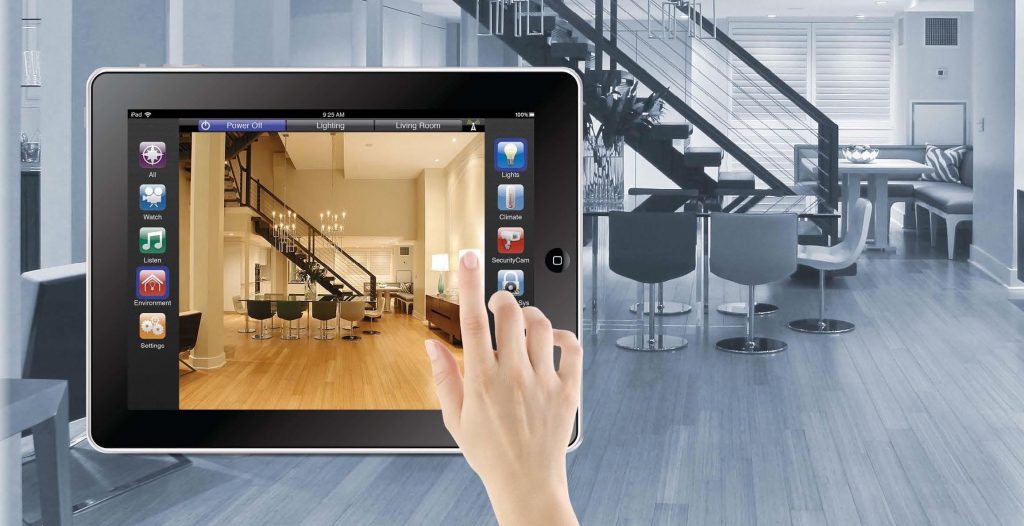Office Automation Systems: Definition and Types
Office Automation Systems (OAS) refers to special automated configurations of software and hardware used in offices for improved networking and more convenient and coordinated working of different aspects or departments in the workplace. A variety of these systems are utilized for business, communication and related functioning of the office by replacing manually done labor with technological expertise and accuracy. Unlike home automation systems, they are built to cater to a larger workforce.
Office automation systems are usually of three types. Document Management Systems (DMS) are the digital counterparts of the old office filing system. It has the basic advantage of needing much less storage space for a large amount of files. Message Handling Systems (MHS) deliver messages or mail electronically, which ensures speed, proficiency and the recording of all electronic conversation for future use. Teleconferencing Systems aid in meetings conducted amongst three or more people, electronically. They are highly advantageous for quick and flexible meetings and surpass the hassle of long- distance travelling.
Primary Functions:
The basic functions that office automation systems perform include electronic communication and publishing, processing and collaboration, office management at the very basic level, more often than not aided by an efficient LAN network. All of the above ensures that the general scale of productivity in the office increases by leaps and bounds and efficient and smooth management of workflow processes is made possible.
These systems work towards the rapid optimization of basic office procedures so that complex tasks are carried out with alacrity, fervor and authenticity without having to compromise for factors like time and human fallibility. It allows the workplace and the employees to be intricately and constantly connected to one another so that everyone is updated about the processes occurring simultaneously in various departments. In addition to this, these systems incur profit by the sheer elimination of a large part of the manual work force. Since, people stay continually updated the risk of flaws or mistakes occurring becomes considerably low.
Mundane tasks such as organizing data or writing out reports manually become a second’s work with the utilization of these systems. A single person is then able to carry out the task usually performed by multiple employees. People with low- level skills are able to perform high- level tasks, which is beneficial for them. The administrative management of the workflow of the office becomes easier while a number of operational costs are cut back upon. This also ensures that there is significant saving of energy.
Secondary Functions:
Not only are the imperative tasks made easier for the employer and the employees alike but secondary factors are also improved so as to aid the smooth function of the workplace. Managing the lights, controlling and monitoring the temperature or weather inside the premises, keeping the ambience comfortable etc. are some examples of secondary advantages of using office automation systems. Through them, tabs can be kept on every activity that occurs within the office premises which decreases the risk of mistakes that might hinder the smooth functioning of the system.

